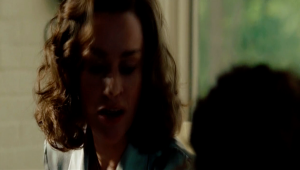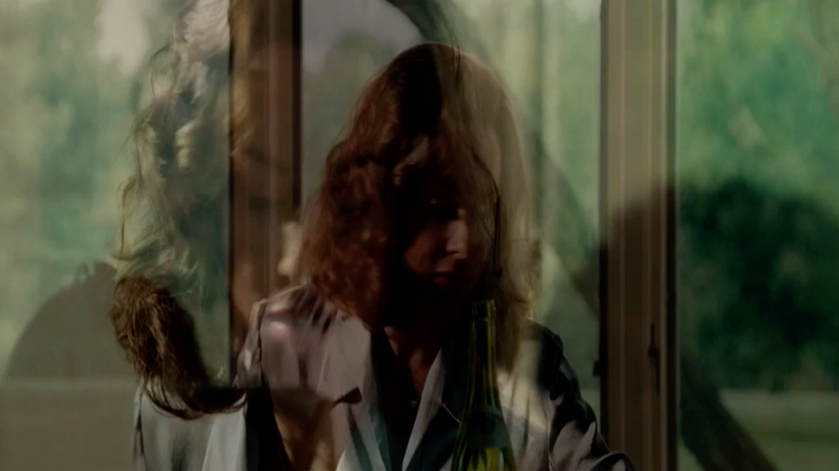It comes down to motivation. Every edit has to have a purpose, and it has to forward the story. It can be there for plot information, or to further the emotion, or to allow the viewer to take a breath and digest the information they just received.
Given current abilities to bring together images to edit different scenes, make the visual effects treatments, and even rough sound mixes it’s fair to say that film editing is an art, where the editor would apply his artistic skills to influence our attitudes and perceptions by changes in visual scenes, and our conscience in the way that it choses to go into our thoughts and our feelings, and develop personal awareness in order to construct our perception of reality as we experience it.
By going through each take to find the best, and choosing which to keep or delete, film editors are artists that can, broadly speaking, ruthlessly cut scenes that had no conflict, not in any sort of intellectual or emotional experience, and shape the emotional content that makes the difference between the craft and the true art of filmmaking.
Good shot selection is an important part of the filmmaking process, which includes different stages of production, from concepts and scripts, including pre-production and post-production. I find it essential to have a solid understanding of the entire process in order to fulfil any post-production needs; in other words, “problems faced on the floor – that is, the problem of choosing appropriate images-as well as those faced in the cutting room” (Reisz and Millar 1968, p. 249). Good continuity between shots and scenes can help to build a meaningful narrative that can reinforce the content significance, and it can be achieved using match cut edits with medium or wide shots and close-ups. Close-up shots are commonly used with medium long shots, medium and medium close-ups.
One of my favourite scenes relating to cutting used to maintain continuity across the visual action between two different shots can be seen in The Insider (1999), where a close-up shot cuts to a medium shot. Family sat down and eat breakfast. The woman speaks to children and, as she turns her head from left to front view angle there are a few frames that overlap with the movement of her head. Notice that these overlapping frames help to smooth the transition between two shots.

The Insider – Shot 1.

The Insider – Shot 2.
Screen Shot The Insider – Match on Action Cut with Dissolve effect
As Dmytryk (2013, p.32) argues, “[i]f the cut were made to match exactly, what the viewer would miss during the eye movement would be frames essential to smooth action. An overlap made to accommodate the viewer’s “blind spot” is useful in most action cuts”.
Apart from cuts made at the beginnings and the end of a sequence, the editor will usually look to make cuts on movement, cuts to reactions or responses of the actor, and cuts that involve an exchange of dialogue. A broad action will trigger an easier cut from one shot to the next, “but even a slight movement of some part of the player’s body can serve to initiate a cut which will be “smooth” or invisible” (Dmytryk 2013, p.27).
List of References:
Reisz K., Millar G., 1968. The Technique of Film Editing. London: Focal Press.
Dmytryk, E., 2013. On Film Editing. Great Britain: Focal Press.
Gold J., 2014. When Should We Skip a Scene in Our Story? Available from:
https://jamigold.com/2014/05/when-should-we-skip-a-scene/ [Accessed 19th August 2018].
Ohanian T., Phillips N., 2013. Digital Filmmaking: The Changing Art and Craft of Making Motion Pictures. p.179. Second Edition. Focal Press: New York and London. Available from: https://books.google.co.uk/books?id=usMqBgAAQBAJ&pg=PA179&lpg=PA179&dq=edit+scenes,+treatments,+and+sound [Accessed 28th August 2018].
Wozny M., 2014. Creating an emotional impact without dialogue: the case study of Pixar’s Up. Available from: https://research.shu.ac.uk/aces/enquiry/index.php/enquiry/article/download/42/45 [Accessed 28th August 2018].
Speidel, Suzanne. 2006. Film Form and Narrative. Available from:
http://cw.routledge.com/textbooks/9780415409285/about/sample.pdf [Accessed 30th August 2018]

